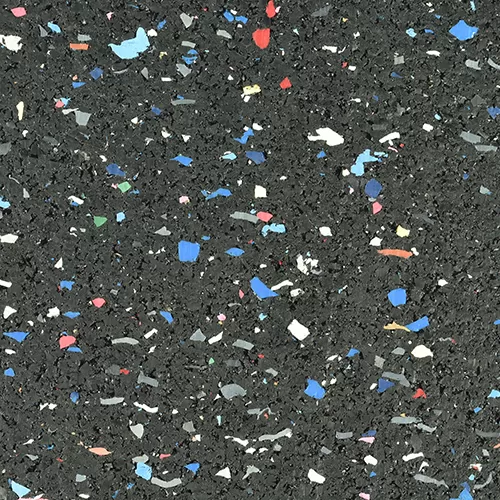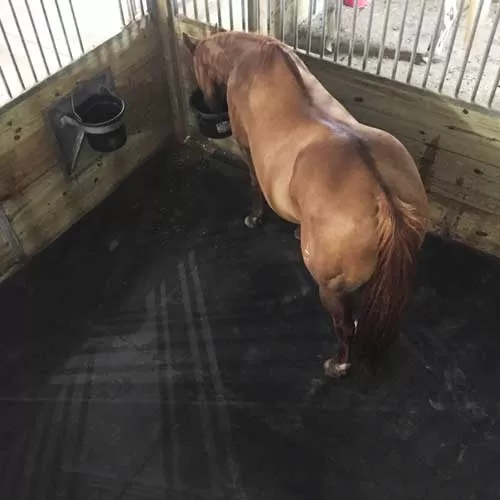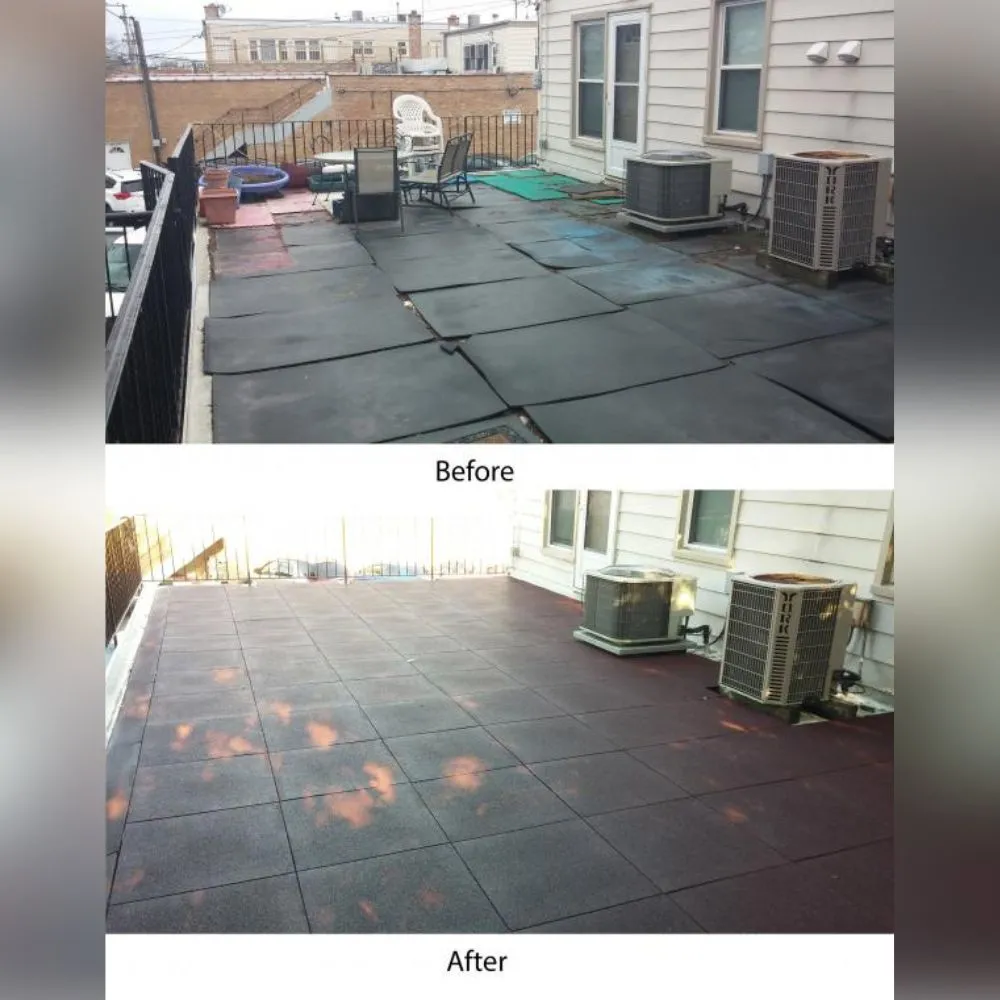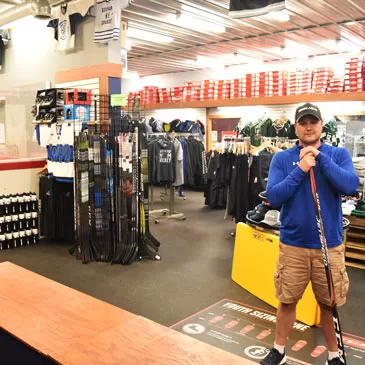Rubber flooring is among the most popular types of flooring we sell at Greatmats; it is available as interlocking tiles, mats, and rolls. Our customers know it can be used in a wide range of locations, such as a commercial or home gym, playground, garage, barn, warehouse, or retail space. Despite a relatively low starting price, rubber is extremely durable, meaning that it delivers an amazing value.
Article Library




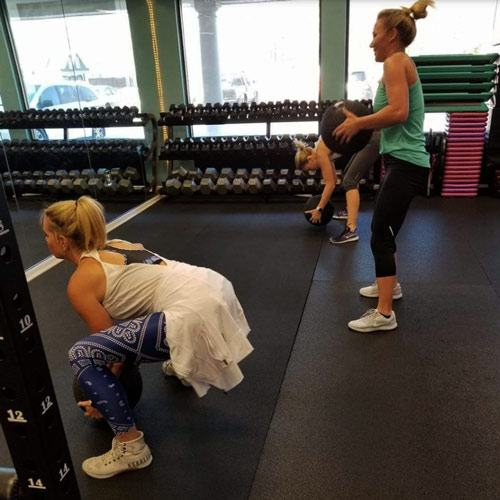
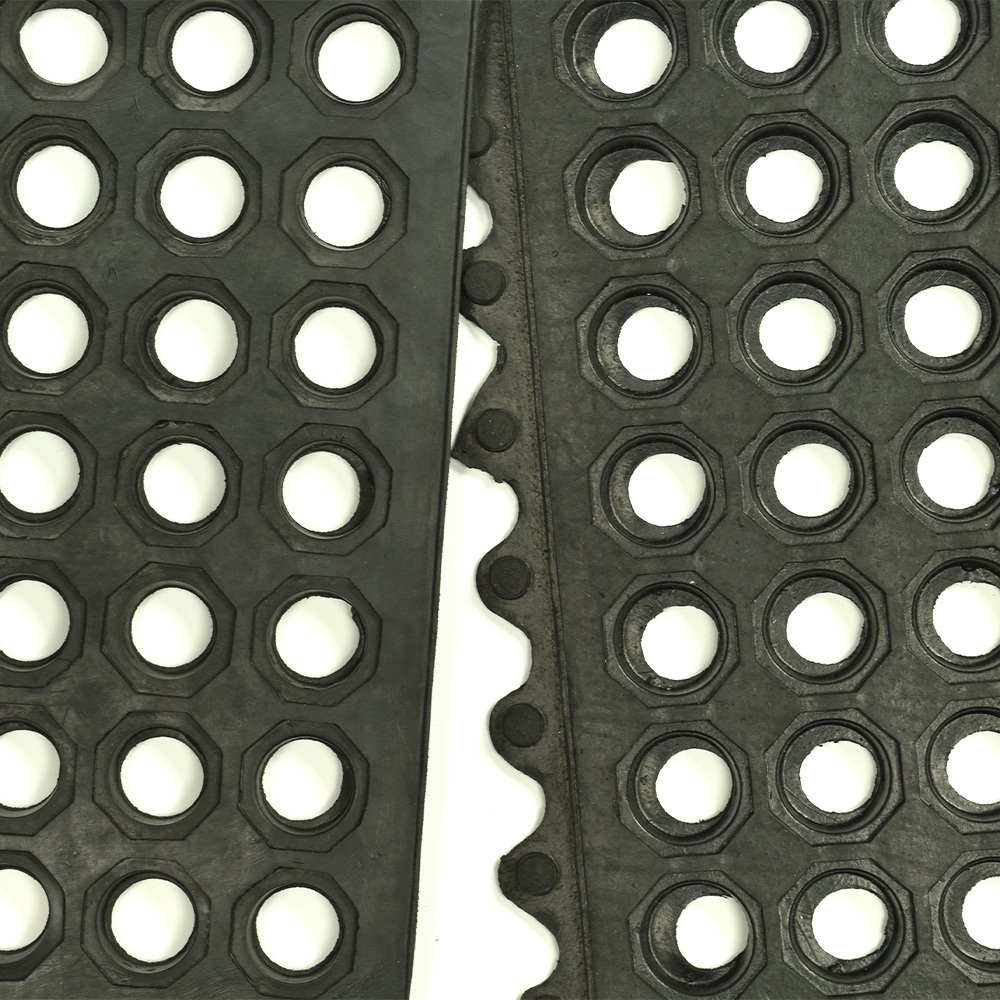

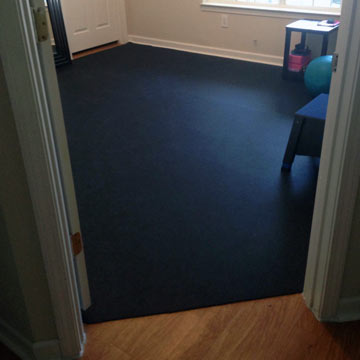

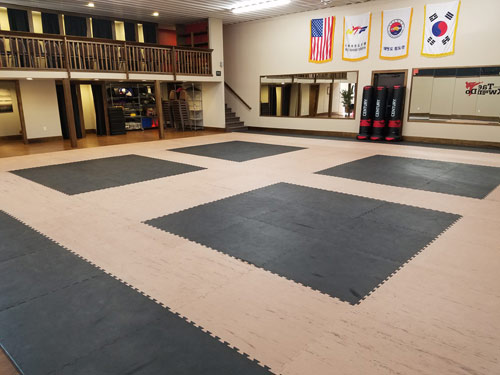


Video Library












Ideas Before You Buy Your Rubber Flooring
Tips & considerations for purchasing rubber floors:
The following blogs offer tips on what aspects to look for in rubber flooring before making a purchase. Wherever you plan to use this flooring, these are all important things to learn before making your final decision.- Learn about what you should or shouldn't do with rubber flooring in your garage. Learn More: Rubber Garage Flooring Dos and Don'ts
- Noise-resistant flooring provides a number of benefits in a residential or commercial setting, cutting down on stray noise that could bother neighbors or others in the building. Find out why rubber is a good option. Learn More: What Is the Best Noise-Resistant Flooring?
- Find out what is the best rubber flooring for dropping free weights. Do you need drop pads? Learn More: Do You Need Weightlifting Drop Pads?
- Learn about how to prepare the ground for playground tiles; ground preparation is critical since the subsurface needs to drain away from the playground properly. Learn More: How to Prepare the Ground for Rubber Playground Tiles
- Flooring that’s to be used in horse stalls and barns needs to be supremely strong and durable. Rubber offers an optimal combination of both qualities. Learn More: Why Is Rubber the Best Material for Horse Stall Mats?
Top 10 Questions About Rubber Flooring
Below are the most popular questions we've received about rubber flooring. Click the question to get a detailed answer and explanation on these topics.- How Do I Get Rid of the Rubber Mat Odor? Some new rubber flooring mats have an odor that resembles a new car smell, and some people are especially susceptible to this smell. Cleaning the mats with a neutral pH cleaner can minimize the odor. Additionally, place the mat in the sun before installing it to reduce the odor.
- How Thick Should Gym Flooring Mats Be? Select thicker rubber mats, such as 1/2 inch or 3/4 inch, when you are supporting the weight of exercise machines or of large free weights. Select thinner, lightweight mats, such as 1/4 inch, when you want to be able to move the mats in and out of place easier.
- How Do You Clean a Rubber Gym Floor? Start the cleaning process by sweeping or vacuuming the flooring and removing dust and other particles. Customers then can mop the flooring layout, making use of a neutral pH cleaner. Some people will use a scrubbing machine on the rubber layout. Just avoid soaking the mats with too much liquid.
- Can You Use Rubber Mats for Home Gym Flooring Over Hardwood Floors? You do need to take some care before placing rubber flooring over the top of a hardwood floor. Most rubber mats are fine over hardwoods, but some hardwood floors have a finish that can react to the rubber, potentially creating staining.
- Can You Put Rubber Tiles and Other Rubber Flooring Over Carpet? Rubber flooring could tamp down the pile on the carpeting when left in place for long periods of time. Additionally, for a high-pile carpet, the rubber tile layout may not be overly stable. Try installing a layer of plywood between the rubber tiles and the carpet to deliver the best results.
- How Do You Install Rubber Gym Flooring on Concrete? The best results for placing rubber rolls over the top of concrete occur when the concrete does not have significant cracks or gaps. Additionally, the concrete should be dry at the time of installation. Even though rubber is waterproof, mold and mildew could form underneath on the wet concrete.
- What Is the Difference Between Vulcanized and Non-Vulcanized Recycled Rubber Gym Flooring? Vulcanization is a process that converts rubber into a long-lasting flooring product by using additives to strengthen the polymer chains. Non-vulcanized rubber does not have any additives, which creates extra cushioning in the flooring without being as durable.
- Can You Use Radiant Heat Under Rubber Flooring? Because rubber flooring can contract and expand from temperature changes, people worry about placing rubber over a radiant heat-enabled subfloor. Rubber is safe to use over a radiant heat system, but it is not an efficient thermal conductor of the heat.
- Are Rubber Mats Better Than Foam Mats or Turf for Dogs? Rubber is a good flooring for dogs, as it provides traction for the paws while remaining highly durable. Foam offers plenty of cushioning, which is nice for long training sessions. Turf feels soft for the dogs’ paws and inhibits the growth of mildew.
- When Would You Use Rubber Flooring in a Residential Setting? Choosing to install a rubber floor at a home works in a number of areas, including for a home gym, a basement, a man cave, a laundry room, an outdoor play area, and other areas. If you are leery of an all-black rubber floor, we offer multiple options that include color flecks.
Best Rubber Flooring Products
Rubber Flooring Roll, 1/4 Inch
Our Rubber Flooring Roll covers 40 square feet of space in a roll that weighs quite a bit less than other types of rubber floors.
Rolled Rubber Sport Regrind, 3/8 Inch
When you want a type of rubber roll that delivers a more pleasing look than an all-black floor, choose our 4-foot-wide Rolled Rubber Sport Regrind to cover a large space for a low price.
Geneva Plyometric Rubber Roll, 3/8 Inch
Plyometric exercises can be tough on the leg joints of athletes, which makes our Geneva Plyometric Rubber Roll a popular selection for a plyometric gym.
Interlocking Rubber Floor Tiles, 8 mm
For an easy puzzle-style installation, count on our Interlocking Rubber Floor Tiles. They have color flecks to create a look that’s potentially more interesting than an all-black tile.
Horse Stall Mats Kit, 3/4 Inch
Create a safe space for horses to rest in their stalls with our Horse Stall Mats Kit. The kit is available in multiple sizes, containing all the pieces required to cover a certain amount of space, such as 12x12 feet or 12x24 feet.
Customer Installations
FIT Cedar Valley
When seeking a type of flooring that would deliver versatility for many types of workouts, FIT Cedar Valley selected our 4-by-6-foot rubber mats that measure 1/2 inch in thickness. These mats don’t shift around, even when placed under significant stress, thanks to the weight of rubber.
Gym Flooring: 4x6 Rubber Floor Mats
Rio Gran Dog Boarding and Daycare
Rio Gran Dog Boarding and Daycare decided to renovate a building into an additional dog play area, and the owner was seeking a floor that was easy to clean and provided good traction. Rubber floor rolls from Greatmats yielded the perfect solution while also providing outstanding longevity.
Dog Daycare Flooring: Geneva Rubber Floor Roll
Quarter Moon Acres
When starting a horse therapy farm, the founders of Quarter Moon Acres knew that they needed a safe flooring for their older therapy horses. Rubber horse stall mats that shipped in a pre-sized 10-by-12-foot kit were the ideal solution, fitting existing stalls and providing comfort for the horses.
Horse Stall Flooring: Horse Stall Mats Kit
Nearshore Call Center
At the fast-growing Nearshore Call Center, owners needed a type of floor that provided cushioning, safety, and sound absorption for employees.
Call Center Flooring: Pacific Rolled Rubber
Franklin County Sandlot Football
To make the most of a 2,200-square-foot multipurpose space, the Franklin County Sandlot Football Organization chose our rubber flooring roll. It delivered an excellent value for the large installation while providing the versatility needed for a meeting space and even for a simple football practice space.
Multipurpose Room Flooring: Geneva Rubber Flooring Roll
St. Cloud School of Dance
When laying out a space for ballet practice at the St. Cloud School of Dance, the owners chose our rubber roll to place under a roll of Rosco Adagio marley flooring to create a cushioned space to protect the lower body joints of the dancers.
Underlayment Flooring: Geneva Plyometric Rubber Roll
Club Canal Bark Dog Daycare and Training
After installing foam tiles in the main training room at the facility, Club Canal Bark Dog Daycare and Training wanted a durable type of rubber flooring to place in a long hallway where the dogs move back and forth.
Hallway Flooring: Rolled Rubber Sport Regrind
Jews for Jesus
When seeking to replace older roof deck mats that were curling at the Jews for Jesus building, the nonprofit organization decided on our 2-inch thick Sterling tiles and received a far safer space on the rooftop patio that was usable once again.
Roof Deck Flooring: Sterling Roof Top Tile
Champions Centre Church
Champions Centre Church was looking for a replacement flooring for some worn-out carpet in the auditorium. The church selected our rolls of rubber to cover thousands of square feet of space, creating an easy-to-clean material that also looks great and is safe to walk across.
Auditorium Flooring: Geneva Rubber Flooring Roll
Half Axe Throwing Lanes
At the Half Axe Throwing Lanes facility, the owner was seeking a safe kind of flooring that would absorb the shock of an axe falling to the ground without bouncing wildly and would be durable.
Axe Throwing Facility Flooring: Geneva Rubber Flooring Roll
Monroe Youth Hockey Association
When seeking to create a safe space for skaters to walk around in their skates before jumping onto the ice, the Monroe Youth Hockey Association sought a replacement flooring for the 17-year-old building.
Ice Arena Flooring: Rolled Rubber Sport Regrind
St. Croix Sporting Goods Store
The St. Croix Sporting Goods Store focuses on providing ice hockey equipment, including skate sharpening, repair, and sales. The retail building needed a type of flooring that people trying on and buying ice skates could walk across without damaging the subfloor or the blades.
Retail Store Flooring: Rolled Rubber Sport Regrind
Rubber Flooring Installation & Maintenance Videos
How To Install Interlocking Rubber Floor Tiles
Rubber Rolls - Installation Made Easy
How To Cut Rubber Rolls - Rubber Flooring
How To Install a 12x12 Humane Horse Stall Mat Kit
How to Clean Rubber Flooring in 4 Easy Steps
How To Cut Rubber Pavers - Thick Rubber Tiles




